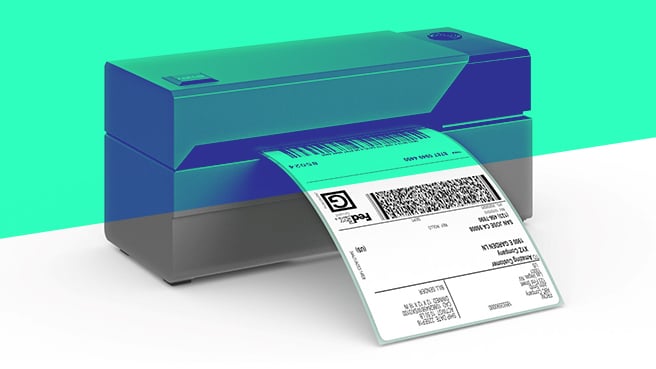REDWOOD LOGIN
Redwood PortalLTL
SCS
SCS Support
Rockfarm
One of the leading causes of delayed freight is mislabeled or lost labels. While technology has significantly improved tracking and the freight shipping process, the fact remains that properly applied and strong labels can make the difference from an on-time shipment or a lost customer. Mishaps with labeling cost shippers and carrier’s money, time, and reduces customer service. There are a few things that shippers can do to improve freight labeling so your shipment arrives at the desired location as planned.
Here are a few tips on how to improve freight labeling for any shipment:
Believe it or not, a leading cause of shipping label failures is not the label itself – it’s how it’s applied. It’s due to this fact that proper packaging is essential to reduce the possibility of labels falling off or being damaged. Here are a few specific items that all shippers should remember when packing their shipments:
• Always use clean and non-damaged pallets: If you’re shipping a whole pallet or multiple skids, it’s critical to use pallets that are not cracked or damaged. When pallets are intact, it’s easier for loading crews to place into and remove from trailers. If a pallet is damaged, pallet jacks can get stuck, which may cause the pallet to scrape against the side of the trailer – and possibly damage attached labels.
• Always use high-quality shrink wrap: While many carriers recommend securing multiple items on pallets with steel bands, wrapping the entire shipment with good shrink wrap is a great way to maintain label integrity. The key is wrapping a layer of shrink wrap on the load, then placing the label on a flat surface on the load. Once this has been done, apply one or two wraps around the load to protect the label. As long as the label is visible and the barcode (if applicable) can be scanned, the label will be protected from damage.
• Never apply shipping labels on top of a pallet: If a shipping label or bill of lading is placed on top of a wrapped pallet, the potential of damage is significantly increased. It’s quite common for individuals to be stacked inside of a trailer for shipping. Since you don’t know for certain if your pallet will be a top or bottom pallet, remove the potential of damaging the labels by applying them to the side of a wrapped pallet.

While protecting your shipment through packaging best practices is a great way to reduce damage to labels, using the best materials is another way to reduce errors. Any professional company understands the importance of investing in high-quality equipment which helps them improve efficiency. A shipping printer and the labels used falls into this category. If you’re a shipper, make sure to purchase labeling printers and labels that are made for your type of shipping.
For example; if you typically ship individual boxes via USPS, Fed Ex, or UPS, using thermal labels that will secure flush on your packaging will significantly reduce labeling issues. If you ship on pallets with FTL carriers, investing in the right supplies such as high-strength clear pouches that fully adhere to shrink wrap is a shipping best practice that will reduce mistakes and errors.
While the shipper can significantly reduce the potential of damaging their shipping labels, proactive carriers can also assist. One thing to remember is that labeling issues not only cost the shipper time, money, and reduced efficiency, but it also impacts the carrier. Due to this fact, it’s a good idea for shippers to work with a carrier who maintains supplies for relabeling shipments – or applies their own secondary labels to your shipment.
Professional LTL and FTL carriers have secondary labeling systems at distribution centers and freight depots that apply a shipping label that includes a scanning barcode that is scanned during each movement of the shipment. This keeps the customer and the logistics company apprised of all movements. In most instances, these secondary labels contain the applicable shipping information including the sender and recipient contact information and delivery information.
Making sure your shipments arrive at customers on time and without delays is the best way to deliver superior customer service. By following a few shipment packaging best practices, using the right labeling supplies and equipment, and working with an experienced shipper, you’ll significantly reduce the potential of shipping label problems – and keep your business operating efficiently.